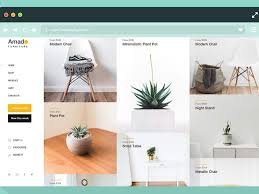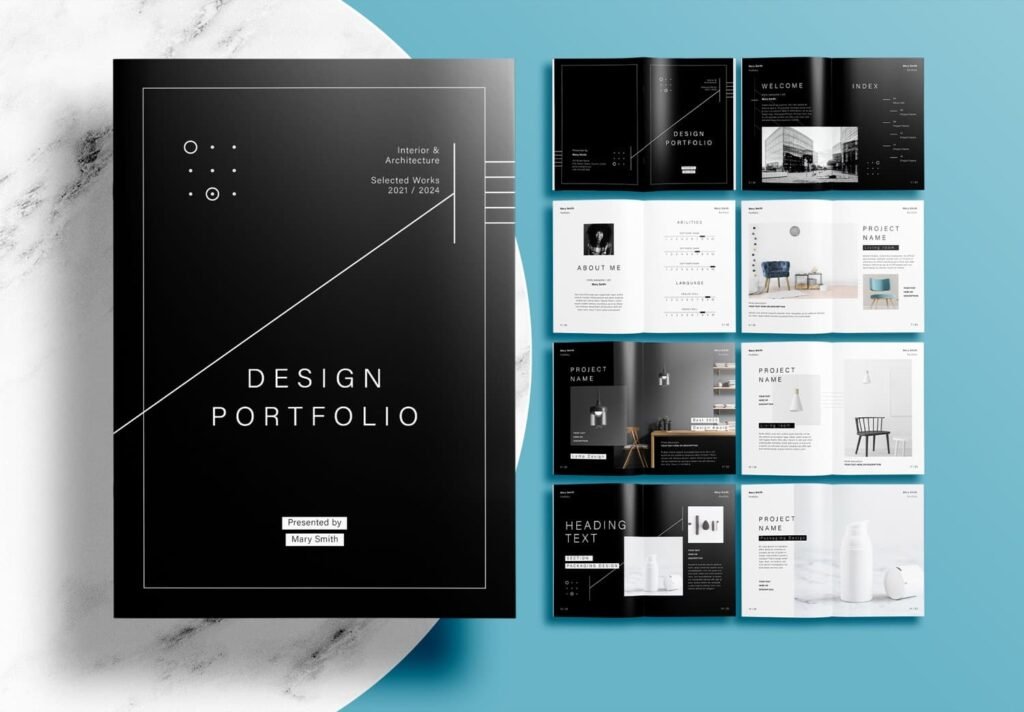Imagine opening a website on your phone, and it looks perfect—easy to read and navigate.
Now, try it on a laptop, and it’s just as flawless. That’s the power of responsive design!
In this article, we’ll show you how to implement responsive design in modern web design templates to create websites that shine on any screen.
Whether you’re new to web design or leveling up, you’ll find clear, actionable tips here.
Why Responsive Design Matters?
Responsive design ensures your website adapts to different screen sizes, from phones to desktops.
Over 60% of web traffic comes from mobile devices, according to Statista (2024).
If your site isn’t mobile-friendly, you risk losing visitors. A responsive website improves user experience, boosts engagement, and even helps with search engine rankings. Let’s explore how you can make this happen.
Below, we’ll dive into the key techniques for responsive design.
Understanding the Basics of Modern Web Design Templates
To start, modern web design templates are pre-built layouts you can customize. They often include responsive features, but you need to tweak them to work perfectly.
Responsive design relies on three core ideas: fluid layouts, flexible images, and media queries. A fluid layout uses percentages instead of fixed pixels, so elements resize smoothly. Flexible images scale to fit their containers, and media queries adjust styles based on screen size.
For example, a webpage might show a three-column layout on a desktop but stack those columns on a phone. This flexibility is what makes responsive design so effective.
Key Techniques for Responsive Design
Let’s break down the main ways to make your web template responsive. You don’t need to be a coding expert—just follow these practical approaches.
Use a Flexible Grid System
A grid system organizes your content into rows and columns that adjust to screen sizes. Instead of fixed widths (like 500 pixels), use relative units like percentages or viewport units (vw, vh).
For instance, setting a container’s width to 90% ensures it scales properly. Many templates come with grid systems like CSS Grid or Flexbox built in, so you can arrange elements easily.
Here’s a quick look at common units for responsive design:
| Unit | Description | Best Use |
| % | Percentage of parent element | Flexible layouts |
| vw/vh | Viewport width/height | Full-screen sections |
| rem/em | Relative to font size | Text and spacing |
Optimize Images for All Devices
Images can slow down your site or look blurry if not handled right. Use the <picture> element or srcset attribute in HTML to serve different image sizes based on screen resolution. For example, a high-resolution image for desktops can switch to a smaller one for phones. Also, set max-width: 100% in CSS to ensure images never overflow their containers.
Apply Media Queries
Media queries are CSS rules that change styles based on screen size. For example:
@media (max-width: 600px) {
.container {
flex-direction: column;
}
}
This code stacks elements vertically on screens smaller than 600 pixels. You can test media queries by resizing your browser window to see how the layout shifts.
Tools to Simplify Responsive Design
You don’t have to do everything manually. Tools like Tailwind CSS or Bootstrap offer pre-built responsive classes.
For example, Tailwind’s sm:, md:, and lg: prefixes let you style elements differently for small, medium, and large screens.
Browser developer tools, like Chrome’s DevTools, also let you preview your site on various device sizes.
Testing is key. Use free tools like Responsinator to see how your site looks on different devices. These tools save time and help you spot issues early.
Best Practices for Responsive Design
To wrap up, here are some tips to keep your design top-notch. Always prioritize mobile-first design—start with a simple layout for small screens, then add features for larger ones.
Keep your code clean to avoid clutter, and test regularly to catch problems. According to a 2023 study by Google, mobile-friendly sites retain 74% more visitors than non-responsive ones, so your effort pays off.
Another tip: use sans-serif fonts like Arial or Helvetica for better readability. Also, ensure high-contrast colors (like black text on a white background) to make content easy to read.
Common Challenges and How to Fix Them
Sometimes, responsive design can feel tricky. For example, text might look too small on phones, or buttons might be hard to tap.
To fix this, set a minimum font size of 16px and ensure buttons are at least 44px wide, per Apple’s design guidelines.
If layouts break on certain devices, double-check your media queries for overlapping rules.
Wrapping Up
You now know how to implement responsive modern web design templates!
By using flexible grids, optimized images, and media queries, you can create websites that look amazing everywhere.
Start small, test often, and use tools to make your work easier. With responsive web design, you’ll keep visitors happy and engaged, no matter what device they use.











